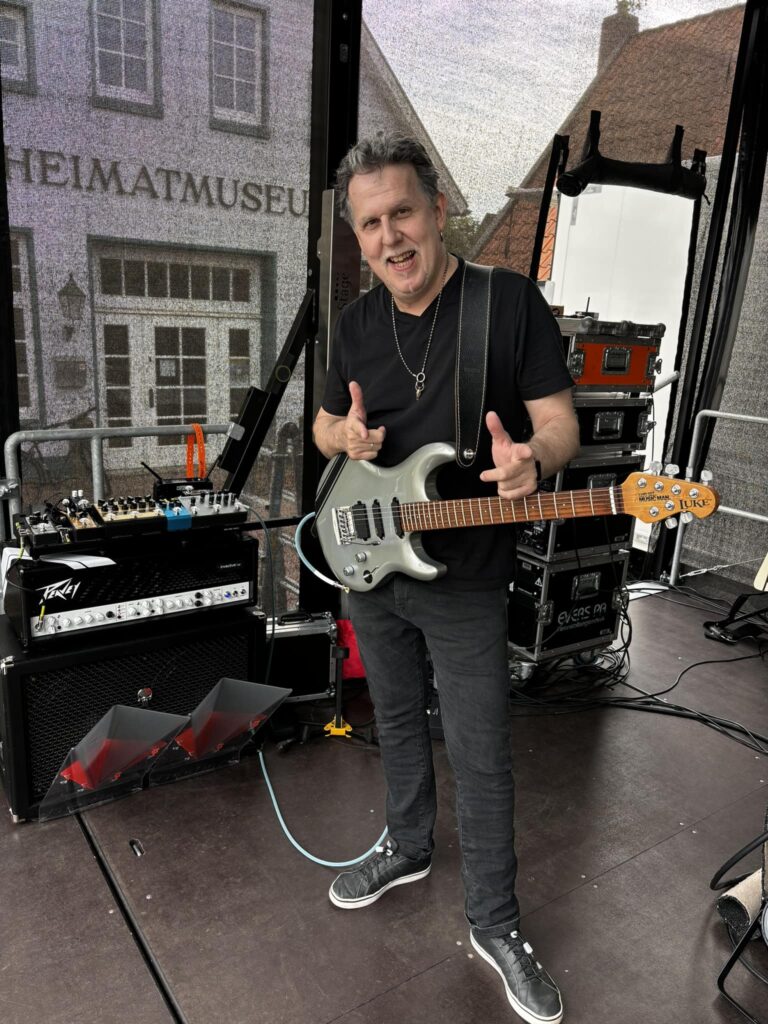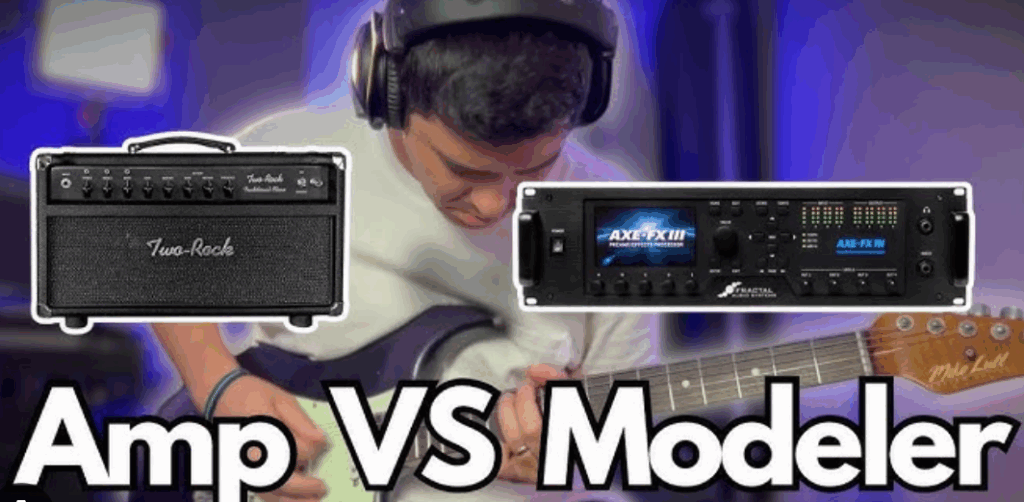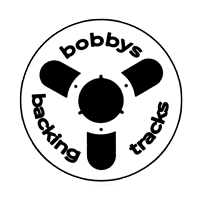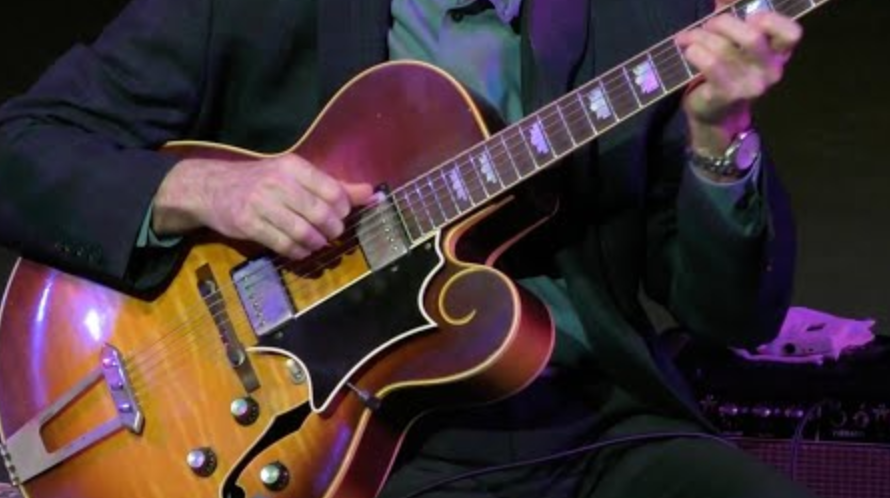Gear and Pickups
When it comes to getting a great tone on a guitar, the gear you use plays a crucial role. One of the most important factors in achieving a great tone is the type of guitar you use. Jazz guitars are typically hollow or semi-hollow body guitars, which produce a warm, rich tone that is well-suited for jazz music. Some popular jazz guitar brands include Gibson, Epiphone, Ibanez, and Eastman.
In terms of pickups, jazz guitarists often prefer using humbucker pickups, as they produce a smooth, warm tone that is ideal for jazz music. Some popular humbucker pickups for jazz guitars include the Gibson ’57 Classic, Seymour Duncan Jazz, and DiMarzio PAF.
Another important piece of gear for achieving a great tone is the amplifier. Guitarists often use tube amplifiers, as they produce a warm, natural tone that complements the sound of a jazz guitar. Some popular tube amp brands for jazz include Fender, Roland, and Henriksen.
Compression, EQ, and Favorite Brands
In addition to the gear you use, there are a few other factors that can help you achieve a great tone on your guitar. Compression is a common effect used by guitarists to even out the dynamics of their playing and add sustain to their notes. A good compressor pedal can help you achieve a smooth, consistent tone that is perfect for most music.
EQ is another important tool for shaping your tone. Jazz guitarists often use a midrange – heavy EQ setting to bring out the warmth and richness of their tone. Experimenting with different EQ settings can help you find the perfect balance for your sound.

One my favorite players Guido Burgenstock from Germany is a tone connoisseur. Like alot of us he has been on the quest for dialing tone and choosing the right gear to achieve his sonic vision. When it comes to favorite brands, it always ultimately comes down to personal preference. Some guitarists swear by Gibson guitars for their warm, rich tone, while others prefer the versatility of an Ibanez or the affordability of an Epiphone. Similarly, some guitarists prefer the classic sound of a Fender tube amp, while others opt for the modern features of a Roland or Henriksen amp.
Ultimately, achieving a great tone on your guitar is a combination of the gear you use, your playing technique, and your personal preferences. Experimenting with different gear, pickups, compression, and EQ settings can help you find the perfect tone for your jazz playing.
Amps or Modeling for live performance?
When it comes to playing live gigs with backing tracks, one of the most important decisions you’ll need to make as a guitarist is whether to use a traditional guitar amp or a modeling amp. Both options have their own set of pros and cons, and the choice ultimately depends on your personal preferences and the specific requirements of your performance.
Traditional guitar amps have been a staple in the music industry for decades, and for good reason. They provide a warm, organic tone that many guitarists prefer, and they can deliver a powerful sound that cuts through the mix in a live setting. Brands like Fender, Marshall, and Vox are well-known for their high-quality tube amps that have been used by countless musicians over the years.
One of the main advantages of using a traditional guitar amp for live gigs is the simplicity and reliability of the setup. All you need to do is plug in your guitar, adjust the settings to your liking, and you’re ready to rock. Traditional amps also tend to have a more dynamic and responsive feel, making them ideal for players who value touch sensitivity and expressiveness in their playing.

However, traditional amps also have some drawbacks, especially when it comes to playing with backing tracks. They can be heavy and cumbersome to transport, and they may not always provide the versatility and flexibility needed to accommodate different styles of music or effects. Additionally, traditional amps can be prone to feedback and other technical issues in a live setting, which can be a major headache for performers.
On the other hand, modeling amps offer a more modern and versatile alternative for guitarists looking to play live gigs with backing tracks. Brands like Line 6, Kemper, and Boss have developed sophisticated modeling technology that allows players to emulate the sounds of a wide range of classic amps and effects with remarkable accuracy.
One of the biggest advantages of using a modeling amp for live performances is the sheer versatility it provides. With a modeling amp, you can access a virtually unlimited number of amp and effect models, allowing you to dial in the perfect tone for each song in your set list. Modeling amps also tend to be more compact and lightweight than traditional amps, making them easier to transport and set up at gigs.
Another major benefit of modeling amps is their ability to integrate seamlessly with backing tracks and other electronic devices. Many modeling amps come equipped with built-in effects, amp modeling, and even Bluetooth connectivity, making it easy to incorporate backing tracks, click tracks, and other digital elements into your live performance.
That being said, modeling amps do have their own set of drawbacks. Some players argue that modeling technology can lack the warmth and responsiveness of traditional tube amps, and that the sound may not always be as authentic or organic. Additionally, the complexity of modeling amps can be overwhelming for some players, especially those who prefer a more straightforward and intuitive setup.
In conclusion, the choice between using a traditional guitar amp or a modeling amp for playing live gigs with backing tracks ultimately comes down to personal preference and the specific requirements of your performance. Traditional amps offer a classic, warm tone and a simple, reliable setup, while modeling amps provide unparalleled versatility and integration with digital devices.
Ultimately, the best option for you will depend on your playing style, your sonic preferences, and the specific demands of your live performances. Whichever route you choose, both traditional amps and modeling amps have their own unique strengths and weaknesses, and both can be excellent tools for creating memorable and engaging live performances.
Happy practicing, playing and gigging!


